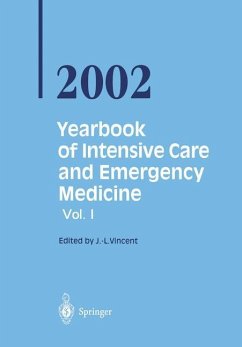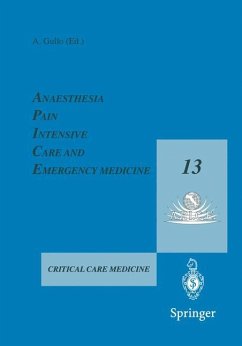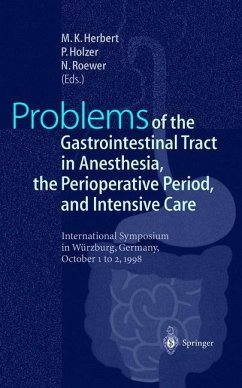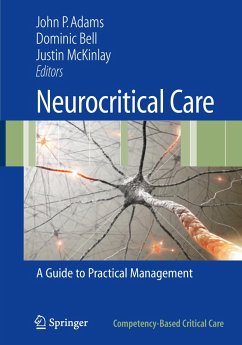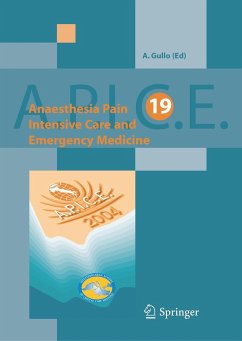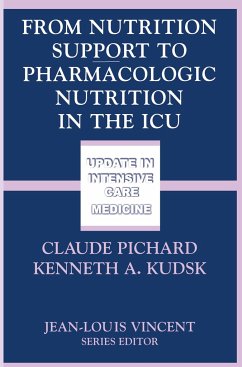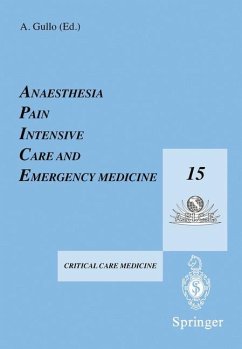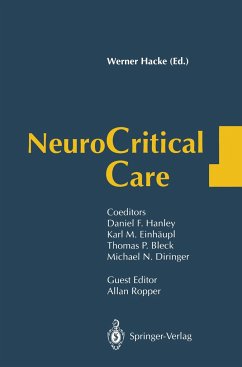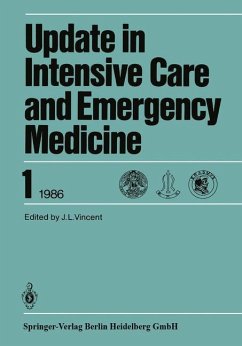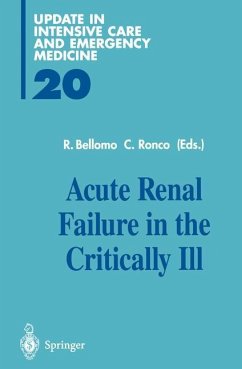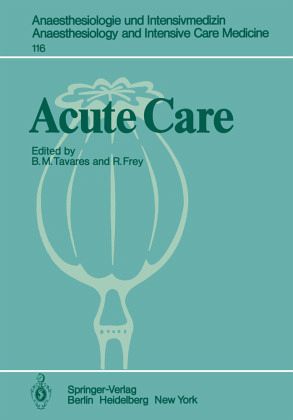
Acute Care
Based on the Proceedings of the Sixth International Symposium on Critical Care Medicine
Herausgegeben von Tavares, B. M.; Frey, R.

PAYBACK Punkte
39 °P sammeln!
This volume contains the results of the 7th International Symposium on Acute Care, held in Rio de Janeiro from 21st to 24th November 1977. I would like to thank all the participants for their wonderful cooperation which made this Symposium a real success. I am especially grateful to the excellent speakers from all special ist fields and from all nations: I assure you, we all learned a great deal! I would also like to thank the members of the organizing and scientific committees whose combined efforts ensured the smooth running of the Symposium, a meeting with a high-level discussion of scienti...
This volume contains the results of the 7th International Symposium on Acute Care, held in Rio de Janeiro from 21st to 24th November 1977. I would like to thank all the participants for their wonderful cooperation which made this Symposium a real success. I am especially grateful to the excellent speakers from all special ist fields and from all nations: I assure you, we all learned a great deal! I would also like to thank the members of the organizing and scientific committees whose combined efforts ensured the smooth running of the Symposium, a meeting with a high-level discussion of scientific and philosophic problems as its goal. But first and foremost, we should like to express profound gratitude to the man whose idea it was to hold an annual conference in Rio: Dr. Brenildo Tavares, the Director of the Rio Symposia on Acute Care. He is one of the great pioneers of intensive, critical, acute, and emergency care, not only in.south America, but allover the world. The secret of the success of his symposia lies in his interdisciplinary and international approach. The symposia have brought together a great number of people who have since become close friends and continue to meet throughout the world. We all congratulate and thank him and wish him much success in the future.





